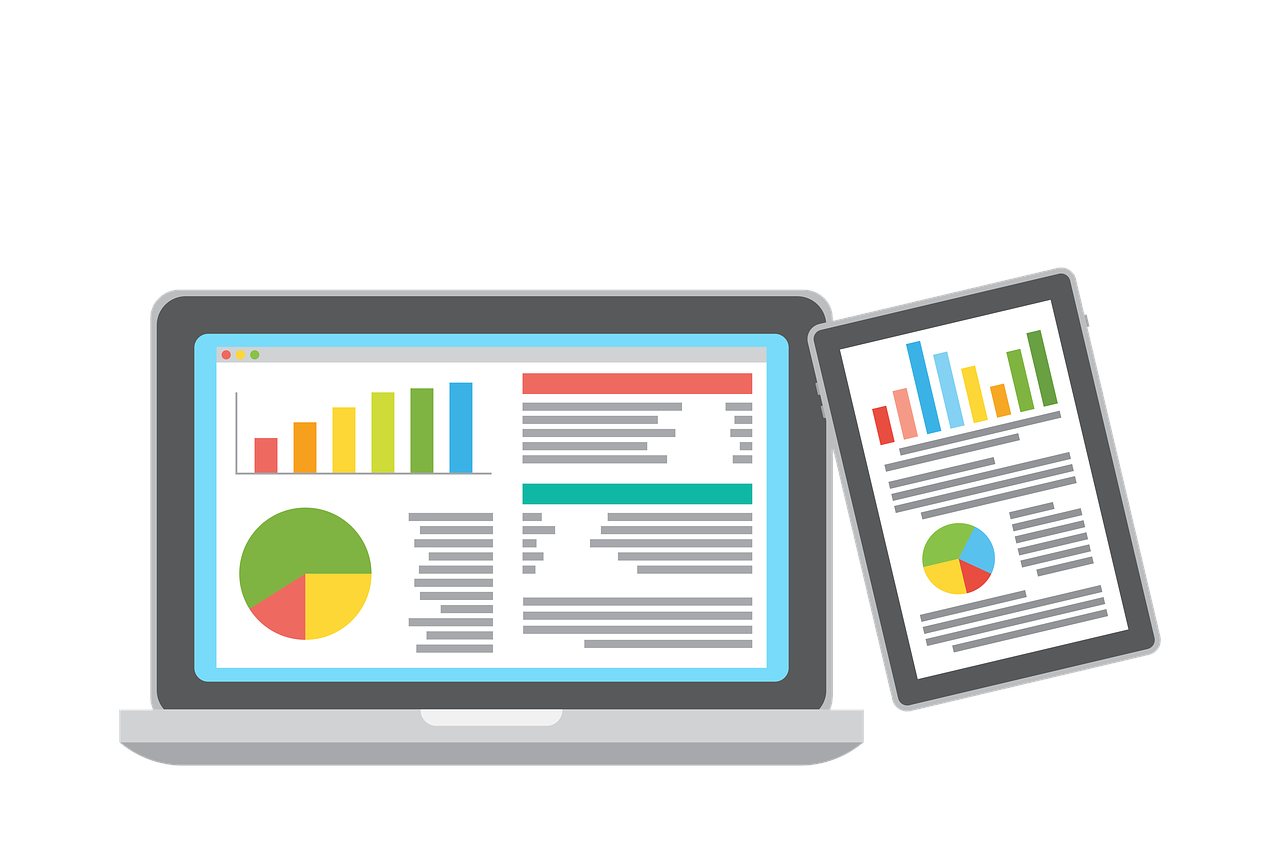Understanding competitive analysis: tools and techniques for success
|
IN BRIEF
|
In today’s dynamic business landscape, understanding competitive analysis has become crucial for success. This process entails a thorough examination of your competitors’ strengths and weaknesses, as well as their market strategies. By utilizing various tools and techniques, businesses can gather vital insights that allow them to differentiate themselves and capitalize on market opportunities. Effectively conducting a competitive analysis not only aids in identifying core differentiators but also equips organizations to navigate challenges and drive growth in a saturated marketplace.

Innovative Tools and Techniques for Competitive Analysis
In today’s fast-paced business environment, understanding the competitive landscape is crucial for success. Competitive analysis involves a systematic examination of your rivals to determine their strengths, weaknesses, and unique selling propositions. By identifying and analyzing key competitors, businesses can adapt and enhance their own strategies to gain a significant edge. Employing advanced tools and techniques—ranging from online reviews to data analytics—can provide deeper insights into competitor offerings and market positioning.
For instance, conducting a thorough review of competitors’ online presence can reveal valuable information about their marketing strategies and customer engagement. Market research complements this approach, helping to pinpoint potential customers and define what makes your business stand out. By synthesizing data gathered from competitors’ products, pricing structures, and customer feedback, businesses can create a comprehensive picture that informs their own strategic choices. Employing a robust competitor analysis framework not only aids in identifying market gaps but also fosters innovation within your own product and service offerings.

Innovative Tools and Techniques for Competitive Analysis
In the realm of competitive analysis, leveraging advanced tools and techniques is essential for businesses striving to maintain a competitive edge. This process typically involves several critical steps, such as identifying competitors, gathering relevant data, and analyzing not only their products and services but also their market strategies. For instance, using digital platforms, companies can systematically track their competitors’ online presence through metrics like website traffic, social media engagement, and customer reviews. In fact, tools such as Google Analytics provide invaluable insights into competitor behavior and audience targeting. Moreover, understanding the strengths and weaknesses of competitors enables businesses to identify their own unique value propositions and market these effectively. Many organizations find benefit in engaging directly with competitors’ customers to capture insights into product perceptions and brand loyalty, making this a multifaceted approach to understanding market dynamics.
By integrating market research into competitive analysis, companies can not only find their customers but also determine how to differentiate themselves in a saturated market. This dual approach enhances a business’s ability to create tailored marketing campaigns that resonate with the target audience. In addition, keeping abreast of emerging SEO tools, such as those outlined in the Top 10 SEO Tools for Beginners in 2023, equipped with features that analyze competitors’ keyword strategies, strengthens a company’s positioning in digital spaces. Furthermore, understanding the importance of SERP (Search Engine Results Page) in digital marketing is crucial for refining online strategies, as emphasized in this insightful resource. Combining these analytics not only facilitates informed decision-making but also empowers businesses to harness competitive insights for robust strategic growth.
Innovative Tools and Techniques for Competitive Analysis
Advanced Strategies for Effective Competitive Analysis
Understanding the dynamics of your market is essential for achieving success. Competitive analysis encompasses the process of comparing your offerings with those of your competitors to identify strengths and weaknesses. By employing a combination of market research and competitive analysis, businesses can carve out a unique niche, allowing for strategic growth and superior performance.
A successful competitive analysis includes a few critical steps that can be implemented:
- Identify your competitors: Recognize the key players in your industry by examining their market influence and reach.
- Gather data: Accumulate valuable information on competitors’ products, pricing strategies, and marketing campaigns to understand their positioning.
- Analyze online presence: Assess the digital footprint of competitors through website performance, social media engagement, and online reviews.
- Engage with customers: Collect insights from competitors’ customers to uncover their strengths and weaknesses.
- Utilize competitive analysis tools: Employ specialized tools to streamline data collection and generate actionable insights. Check resources like the competitive analysis kit for guidance.
Additionally, understanding long-tail keywords can enhance SEO strategies. To maximize online visibility, utilize tools that unveil keyword trends, as discussed in resources like this guide. Furthermore, leveraging Google Analytics helps track and analyze traffic patterns, enabling better decision-making found in this article.

Innovative Tools and Techniques for Competitive Analysis
Competitive analysis is a vital component for businesses to distinguish themselves in the market. It involves a systematic process of comparing your brand against competitors to uncover their core differentiators, strengths, and weaknesses.
To start effective competitive analysis, one must first identify competitors. This includes not only direct rivals but also indirect competitors that may affect your market position. Once identified, gathering data on these competitors’ offerings, pricing strategies, and marketing tactics is crucial. This data provides insights into how your business can improve and differentiate itself.
The analysis process involves several advanced strategies. Evaluating the online presence of competitors gives a glimpse into their branding and customer engagement tactics. Additionally, checking online reviews and customer feedback can reveal strengths and weaknesses that may not be immediately apparent.
Moreover, employing a competitor analysis framework allows for a structured approach to understanding the competitive landscape. This includes tools to assess market positioning effectively and identify areas for your business’s growth. Using this framework, businesses can glean insights that drive strategic decisions.
Another effective technique involves directly speaking with competitors’ customers to gain insights on what they value and how your offerings compare. Understanding these customer perspectives can inform product development and marketing strategies.
For companies seeking a competitive edge, understanding both market research and competitive analysis is essential. While market research helps identify potential customers, competitive analysis ensures your business holds a unique position among peers. By combining these two approaches, businesses can pinpoint what sets them apart.
Lastly, the use of competitive analysis tools can automate and simplify the gathering and analysis of necessary information. From tracking pricing changes to analyzing SEO performance, these tools empower businesses to stay ahead in a dynamic market.

Competitive analysis is a critical process that entails the systematic comparison of your brand with competitors to discern their core differentiators, strengths, and weaknesses. This strategic approach typically involves a series of steps, including the identification of your competitors, comprehensive data collection on their products and services, and an in-depth analysis of their market presence.
Successful competitive analysis hinges on harnessing various advanced tools and techniques that reveal not only the similarities but also the unique qualities that make your business stand out. By effectively leveraging market research alongside competitive analysis, businesses can carve out a unique niche in their respective markets. This dual focus enriches the understanding of customer needs while also sharpening the company’s value proposition.
Utilizing essential frameworks and well-established methodologies allows businesses to gain a competitive edge. The tools available for conducting a thorough competitor analysis include evaluating online presence, synthesizing customer feedback, and assessing marketing strategies. These multifaceted insights not only inform business decisions but also position a company for sustainable growth in an ever-evolving landscape.











Post Comment